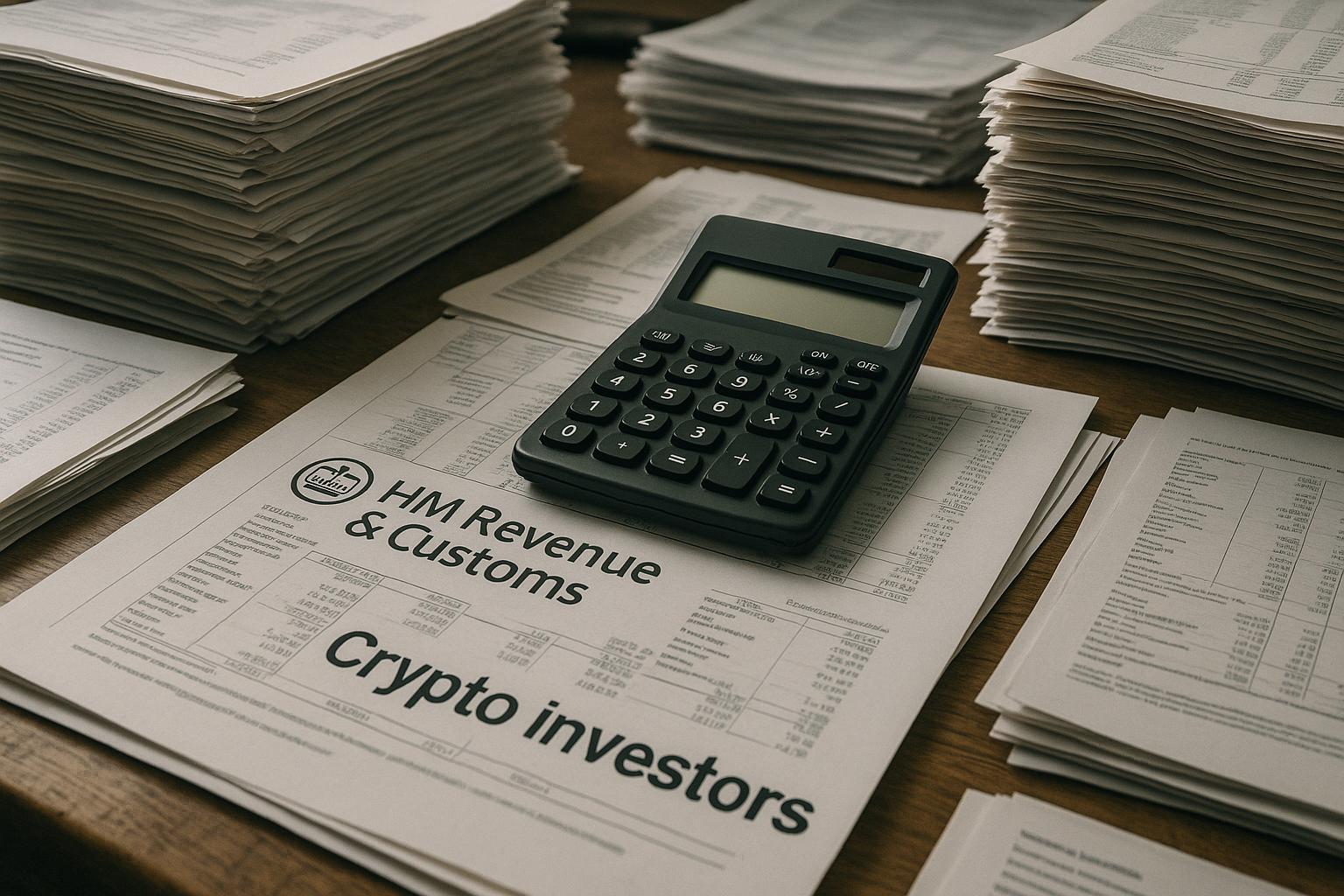HM Revenue & Customs (HMRC) has markedly intensified its crackdown on cryptocurrency investors in the UK by more than doubling the number of warning letters sent to individuals suspected of underreporting or evading taxes on digital asset gains. In the 2024–25 tax year alone, nearly 65,000 such “nudge letters” have been dispatched, a sharp rise from the 27,700 issued the year before. These letters serve as formal warnings encouraging recipients to voluntarily amend tax returns related to cryptocurrency before facing full investigations and potential penalties.
This marked escalation is part of HMRC’s broader enforcement campaign targeting undeclared income from crypto transactions, signalling the agency’s commitment to securing greater tax compliance in the burgeoning digital asset sector. The letters specifically address gains from cryptocurrencies, aiming to correct misunderstandings among some investors who mistakenly believe crypto gains may be tax-exempt. According to HMRC, taxpayers are urged to understand and adhere to the tax rules applicable to digital assets, emphasising that gains from crypto transactions are liable for capital gains tax (CGT).
The recent increase in these notices aligns with explosive growth in cryptocurrency adoption in the UK. The Financial Conduct Authority estimates that approximately seven million UK adults now hold crypto assets, a substantial rise from about 5 million in 2022 and just 2.2 million in 2021. This growth reflects the rapid expansion of crypto as a mainstream retail investment class, underlining why regulatory bodies are intensifying oversight.
Industry experts highlight the complexity of crypto tax regulations, particularly around triggering events such as converting from one coin to another or transferring assets between wallets or platforms—actions that can incur CGT liabilities but are often misunderstood by investors. Neela Chauhan, a partner at accounting firm UHY Hacker Young, has observed that many taxpayers are unaware that such routine crypto activities may have tax implications, which partially explains the increased volume of HMRC warning letters.
HMRC’s enforcement capabilities have been strengthened through direct access to transaction data from major cryptocurrency exchanges. This transparency is set to increase further with the upcoming implementation in 2026 of the OECD’s Crypto-Assets Reporting Framework (CARF), which will grant HMRC automatic access to global exchange data, making tax evasion in the crypto space increasingly difficult. CARF and related Anti-Money Laundering (AML) measures are part of a multifaceted regulatory push designed to heighten transparency, close loopholes in ownership reporting, and combat financial crime linked to digital assets.
Proposed UK regulations also seek to tighten AML standards for crypto firms by lowering reporting thresholds and demanding clearer disclosure of ownership control structures. These steps align closely with broader European regulatory actions targeting financial crime in the cryptocurrency industry. Essentially, the UK is moving decisively towards comprehensive governance of crypto activities, balancing innovation with robust oversight.
The drive by HMRC is mirrored by ongoing discussions in other jurisdictions such as the United States, where lawmakers are deliberating reforms to make tax treatment more crypto-friendly, including potentially exempting small transactions from tax and clarifying rules around staking rewards. Globally, regulators face the challenge of fostering innovation while enforcing tax compliance and preventing illicit activities.
In summary, HMRC’s doubling of crypto tax warning letters is a clear signal to digital asset investors in the UK that tax compliance will be rigorously enforced. With millions of Britons now engaged in the crypto market, and data-sharing frameworks set to tighten, investors are strongly advised to review and correct their tax positions promptly. This escalation reflects a turning point in the regulation of cryptocurrencies, where enhanced scrutiny and transparency measures aim to close the gap on undeclared gains and promote greater financial integrity in the sector.
📌 Reference Map:
- Paragraph 1 – [1], [4], [7]
- Paragraph 2 – [1], [4], [5]
- Paragraph 3 – [2], [3], [4], [5], [6]
- Paragraph 4 – [4], [5], [7]
- Paragraph 5 – [1], [4], [5]
- Paragraph 6 – [1], [4], [5]
- Paragraph 7 – [1], [7]
- Paragraph 8 – [1], [2]
- Paragraph 9 – [1], [4], [5], [6], [7]
Source: Noah Wire Services
